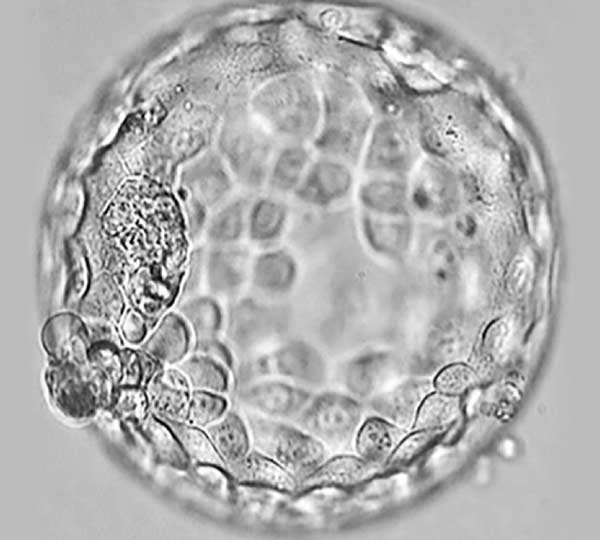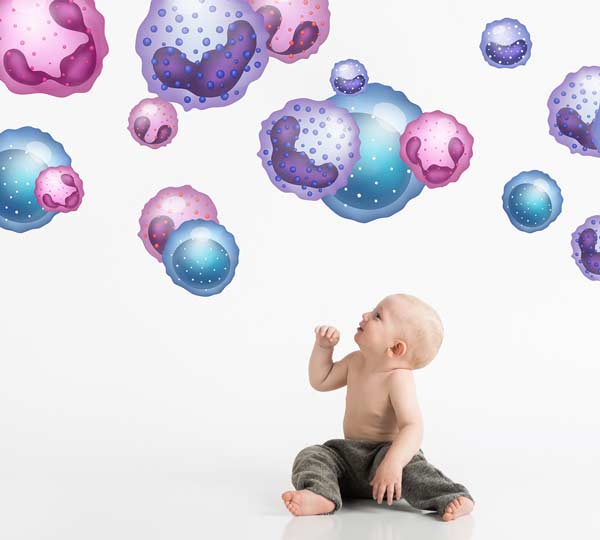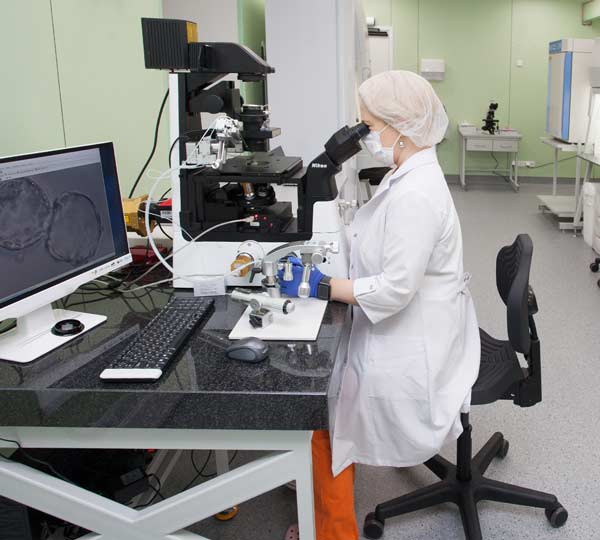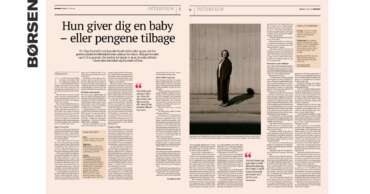The male reproductive system is regualted by hormones. The primary hormones involved in the functioning of the male reproductive system are follicle-stimulating hormone (FSH) and luteinizing hormone (LH). Both of them regulate testis function. The principle regulator of LH and FSH secretion is gonadotropin-releasing hormone or GnRH. FSH regulates production and maturation of sperm cells. LH stimulates production of the main male hormone - testosterone.
Fig. 1. Male reproductive system.
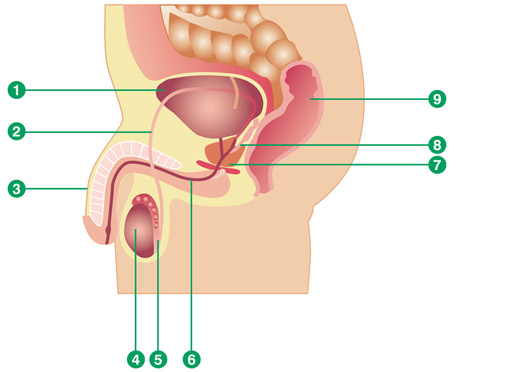
- Urinary bladder
- Ductus deferens
- Penis
- Testis
- Epididymis
- Urethra
- Prostate Gland
- Ejaculatory duct
- Rectum
Every day millions of spermatozoa are generated by the seminiferous tubules of the testes. From testicles, spermatozoa move to epididymis where further maturation takes place (Fig. 1).
During the ejaculation process, the spermatozoa move outside through the ductus deferens and urethra thanks to the muscles contraction. Each portion of sperm contains 300-400 millions of spermatozoa. Such a large quantity is explained by the fact that only a few hundred spermatozoa successfully reach fallopian tubes where the oocyte can be fertilized.

Fig.2. Sex Determination.
The spermatozoon consists of head, neck and tail. The head carries the genetic material from the father. If fertilization is successful, this material determines sex of child (Fig. 2).
The neck provides energy for spermatozoon movement.

Fig. 3. Spermatozoon’s structure.
The spermatozoon’s tail is a "motor". It whips from side to side ensuring the spermatozoon movement (Fig. 3).











